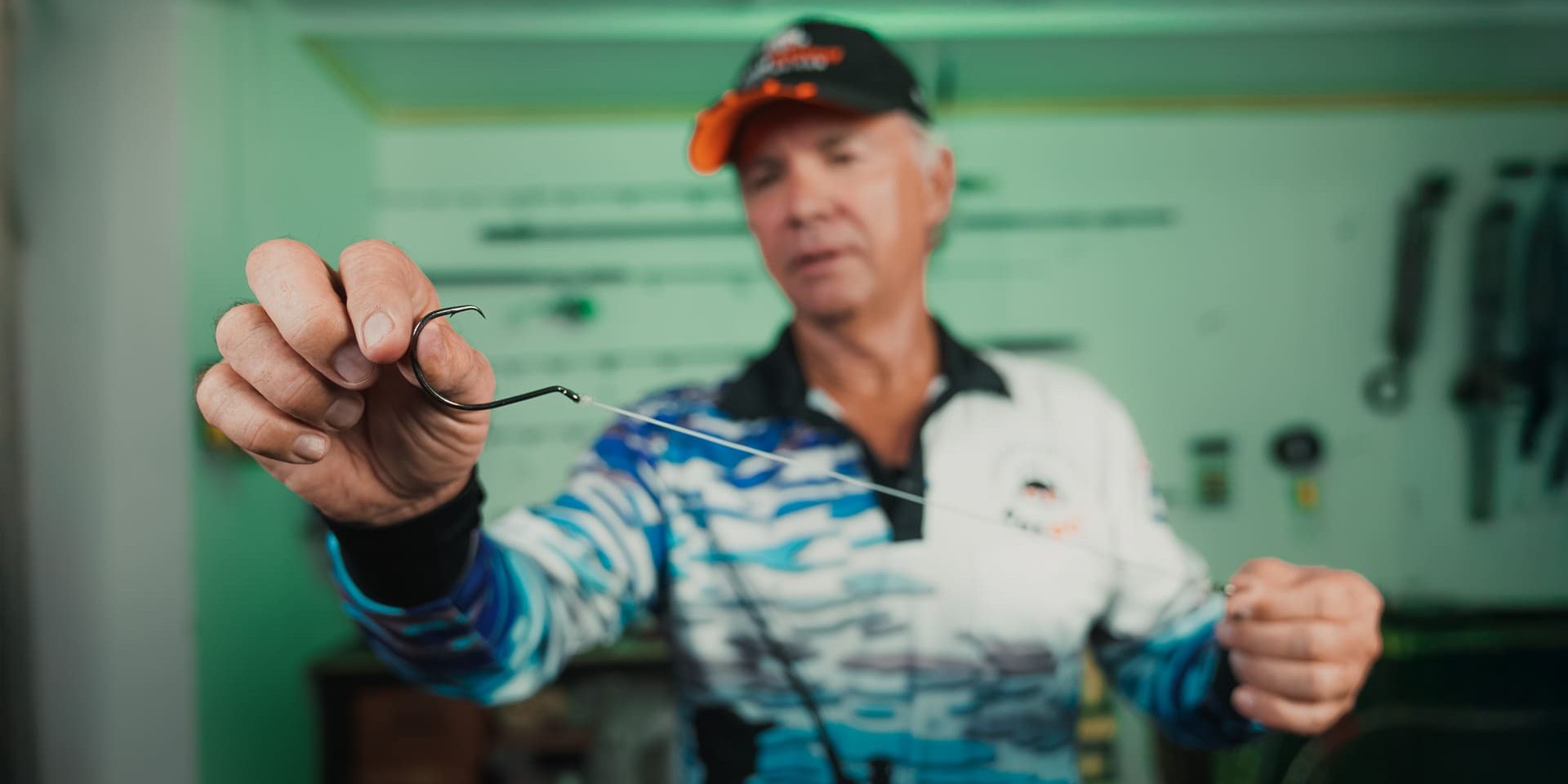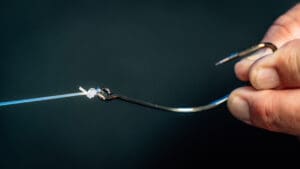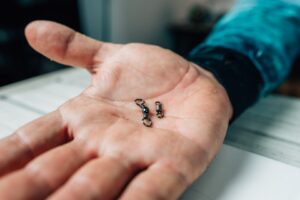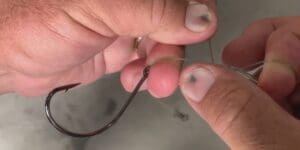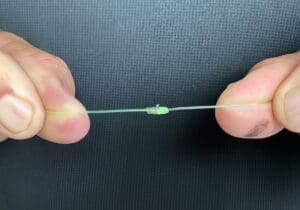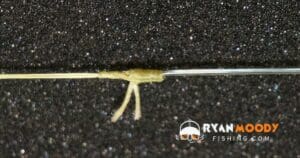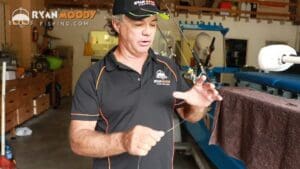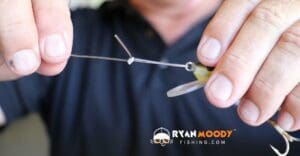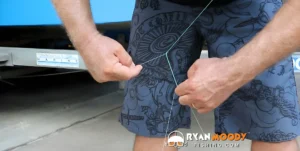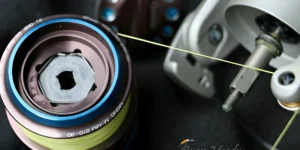If you’ve spent any time fishing, you know that a strong, reliable knot can make the difference between landing your dream catch and watching it swim away with your hook. That’s why today, we’re talking about how to tie a Uni Knot—one of the most versatile and effective fishing knots you can use.
Plus, it plays nicely with monofilament, fluorocarbon and even braid, making it a solid choice for all kinds of fishing setups.
Where to Use the Uni Knot in Fishing
The Uni Knot is a fantastic choice for securing anything with a solid attachment point, like a hook, swivel or even certain terminal tackle. Since it cinches down tightly, it provides a strong, slip-resistant connection that won’t come undone under pressure. If your setup involves a closed eyelet—this knot is a winner.
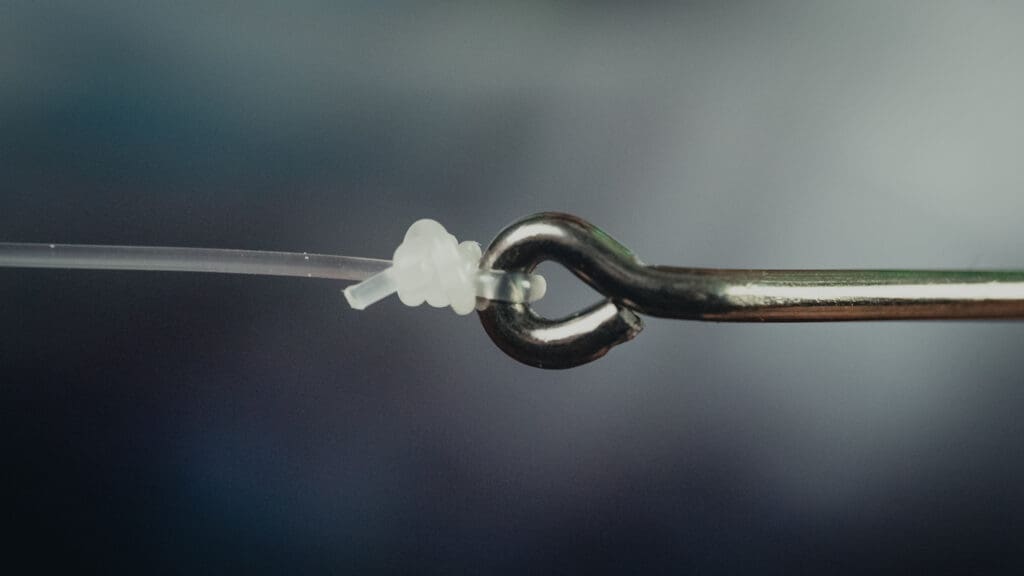
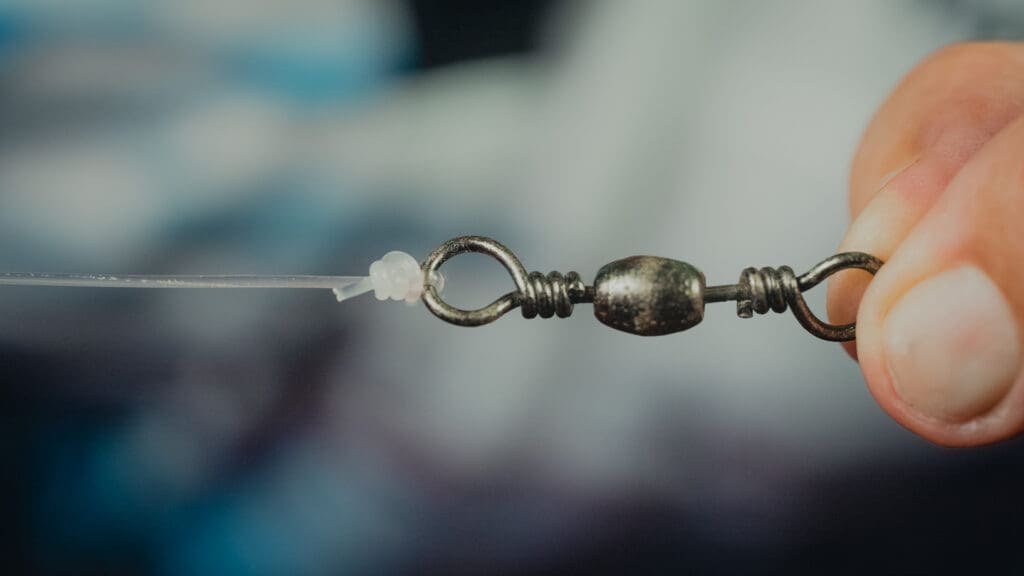
Another great use for the Uni Knot is attaching your line (mono, braid or fluoro) to a spool. It’s especially important when using braided line, which can spin freely on a smooth spool if not secured properly. If you’re using braid, adding a few wraps of electrical tape or a mono backing before tying the Uni Knot can provide even better grip.
However, the Uni Knot isn’t ideal for lures that need free movement. Because it tightens down completely, it can restrict a lure’s action, making it less effective—especially for topwater lures, jerkbaits and suspending hardbodies that rely on an unrestricted swing.
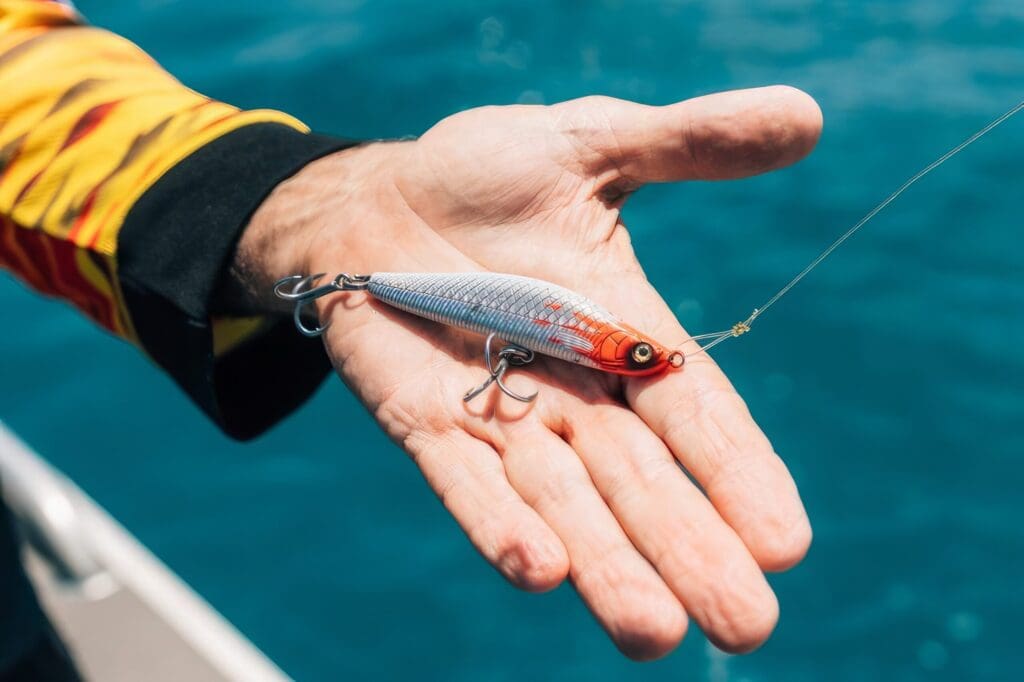
Learn How to Tie a Uni Knot – Watch the Video
Tying the Uni Knot is simple, but let’s be real—it’s much easier to watch someone do it than to read step-by-step instructions. That’s why I’ve put together a detailed video tutorial, where I show you a unique way to tie the Uni Knot that most anglers overlook.
How to Tie a Uni Knot for Different Line Strengths
Not all fishing lines are created equal, and that means how to tie a Uni Knot properly depends on the strength of the line you’re using. If you’ve ever had a knot slip or fail, chances are it wasn’t the knot’s fault—it was the way it was tied for that specific line class.
Why Lighter Line Needs More Wraps
- Less friction – Thin line has a smaller diameter, meaning there’s less surface area for the knot to grip. More wraps create extra friction, helping it hold securely.
- Prevents slipping – A 3-wrap Uni Knot on a 10lb line might slide under tension, but 6-7 wraps will lock it in tight.
- Heavier line has a natural grip – Thicker mono and fluoro naturally dig into themselves, so fewer wraps are needed. Too many, and the knot can get bulky and hard to cinch down properly.
How Many Wraps Should You Use?
- Under 10lb: 6-7 wraps
- 10-30lb: 4-6 wraps
- 30lb+: 3-5 wraps
- 50-100lb: 3-4 wraps
- Braided line: 7-10 wraps (since the braid is slippery and needs extra friction)
For very heavy mono or fluoro (100lb+), too many wraps will just make a mess. Three tight, well-cinched wraps are usually enough for a solid connection.
So, the next time you tie a Uni Knot, think about your line class. More wraps for light lines, fewer for heavy lines—and you’ll have a knot that holds up when it matters most!
Want an Even Stronger Leader to Hook Knot?
The Uni Knot is fantastic for most situations. But if you’re after maximum strength when securing your leader to a hook or swivel, you might want to check out the Double Reverse Locked Blood Knot. This knot is designed for serious holding power, making it ideal for big fish, heavy tackle, and high-pressure situations.
Read the full blog on HERE!
Wind on Leader System
If you really want to get serious, it’s time to move past the humble running rig and move onto a longer leader with a wind-on-leader system that does not require a swivel. You can also use an FG knot for this but I prefer the Bimini/Albright combination. This will allow you to wind your leader onto the spool, giving you more control while the fish is in the danger zone near the boat/bank. It also allows for a longer leader to spare your lighter main line from abrasion by the fish’s body and tail and also snags and oysters.
Knots Are Just the Start – Here’s What’s Next
Knots are just one piece of the puzzle—having the right gear and tackle makes all the difference. Whether you’re fishing inshore or offshore, our Gear & Tackle Cheat Sheets will help you choose the best setups for your target species.
And remember—good gear is just the first step. If you really want to catch more fish, you need to know how to find them. That’s where Sounder Skills 1 comes in. If you want to learn how to read your sounder properly and locate fish more efficiently, this course is a game-changer.


